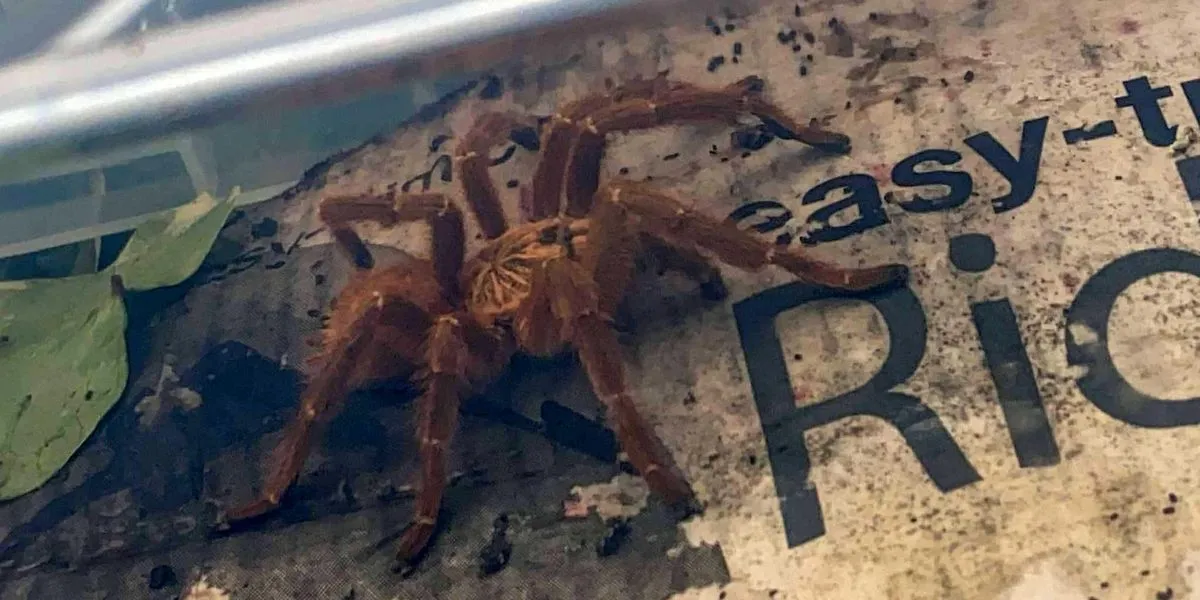The world of arachnids is filled with fascinating creatures, and among them, tarantulas stand out for their size and imposing presence. But have you ever wondered which tarantula reigns supreme in terms of size? The answer lies in the fascinating world of these giant spiders, and we’re about to dive into the top 5 facts about the biggest tarantula ever discovered. Prepare to be amazed by the Goliath Birdeater and its impressive characteristics. From their habitat to their behavior, we will explore everything that makes this tarantula a true titan.
What is the Biggest Tarantula Fact 1 Size Matters
When it comes to sheer size, the Goliath Birdeater (Theraphosa blondi) takes the crown as the world’s largest tarantula. This impressive arachnid can have a leg span of up to 12 inches (30 cm) and weigh over 6 ounces (170 grams). Imagine a spider the size of a dinner plate roaming around! This giant tarantula is not only the biggest in terms of leg span but also in terms of body mass, making it a truly awe-inspiring creature. Its massive size is a result of its robust build and the dense muscles it uses to navigate its habitat. Considering the size, it is truly a magnificent creature to observe. The size of this tarantula is more than enough to make it the largest one ever discovered.
The Goliath Birdeater A Giant Among Spiders
The Goliath Birdeater, as its name suggests, is known for its large size. While its name might suggest a diet of birds, this tarantula primarily feeds on insects, other invertebrates, and occasionally small vertebrates. The term ‘birdeater’ is a bit of a misnomer, stemming from an early illustration that depicted a Goliath Birdeater consuming a hummingbird. This tarantula’s size allows it to take down larger prey items compared to many other tarantula species. Its powerful fangs and potent venom help it subdue its prey. Its size also makes it an excellent hunter, and the Goliath Birdeater can ambush its prey with incredible speed and precision.
Habitat and Distribution Where They Live
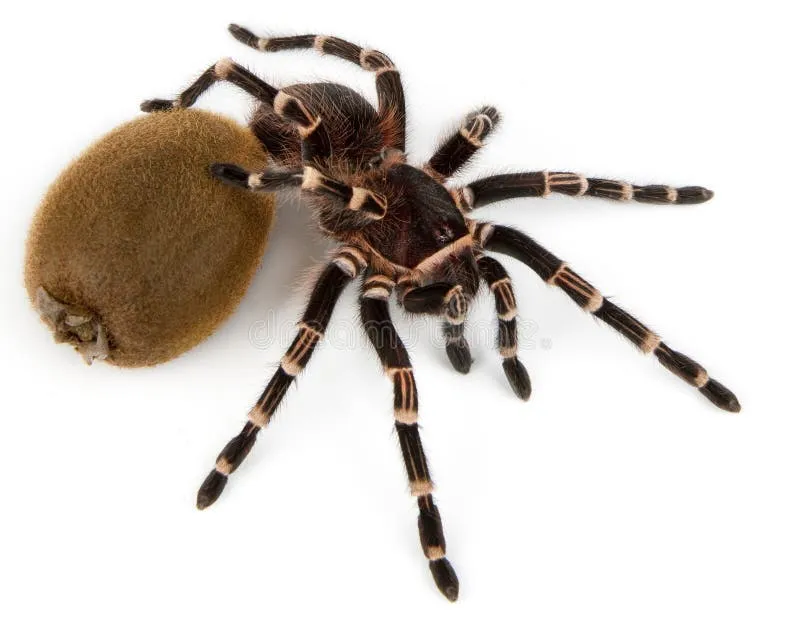
The Goliath Birdeater is native to the rainforests of northern South America, including countries like Brazil, Venezuela, Guyana, and Suriname. These tarantulas thrive in humid environments, often found in burrows near swamps or in areas with high humidity. They are terrestrial spiders, meaning they spend most of their time on the ground, either hunting or hiding. Their natural habitat provides the perfect conditions for them to thrive. It has an abundance of insects and other prey. Understanding their habitat is essential for appreciating their unique adaptations and the factors that influence their survival.
Diet and Feeding Habits What They Eat
Despite its name, the Goliath Birdeater’s diet primarily consists of insects, such as crickets and mealworms, and other invertebrates. They are opportunistic hunters, also feeding on small vertebrates like lizards, frogs, and even small snakes when the opportunity arises. The Goliath Birdeater is an ambush predator, waiting patiently for prey to come within striking distance. They inject venom into their prey to paralyze them and begin the digestive process. They have powerful chelicerae (fangs) that they use to capture and hold their prey. Their diet is varied, and their feeding habits reflect their role as a top predator in their ecosystem.
Life Cycle and Growth How They Grow
Like all tarantulas, the Goliath Birdeater grows by molting, shedding its exoskeleton to allow for growth. They typically molt once a year, although younger tarantulas molt more frequently. The process of molting is a vulnerable time for these spiders, as they are soft and defenseless. The Goliath Birdeater’s lifespan can be up to 25 years for females, while males typically live shorter lives. The female’s size and longevity are key factors in reproduction and sustaining the species. The life cycle involves significant growth and development, making the Goliath Birdeater a fascinating subject of study.
What is the Biggest Tarantula Fact 2 Appearance
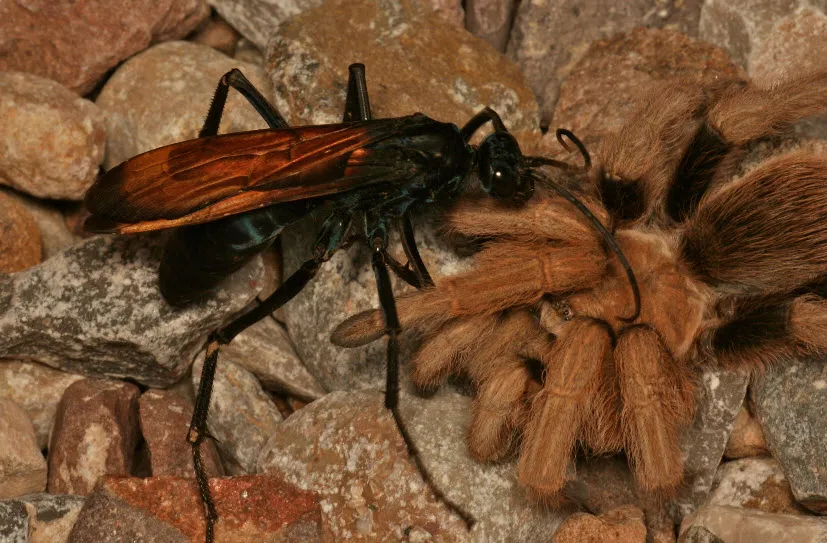
Physical Characteristics Key Features
The Goliath Birdeater is a large and imposing spider with a hairy body. It has eight legs, two pedipalps (small appendages near the mouth), and two chelicerae (fangs). Its body is covered in setae (hairs), which are sensory structures that help it detect vibrations and other environmental changes. The Goliath Birdeater has a robust build and powerful legs, which enable it to move quickly and efficiently. The size and build are essential features of its success. The Goliath Birdeater’s appearance is truly unique, distinguishing it from other tarantulas with its significant size and physical attributes.
Color Variations What They Look Like
The Goliath Birdeater’s coloration is typically a dark brown or tan, with reddish hairs on its legs and body. The specific shades can vary depending on the individual spider and its environment. The hairs on the body provide camouflage, helping the tarantula blend in with its surroundings. The Goliath Birdeater’s appearance is not only impressive in terms of size but also visually striking. The color variation can also be affected by the tarantula’s diet and overall health. The color patterns and shades are a vital part of their survival and adaptation in their environment.
What is the Biggest Tarantula Fact 3 Behavior
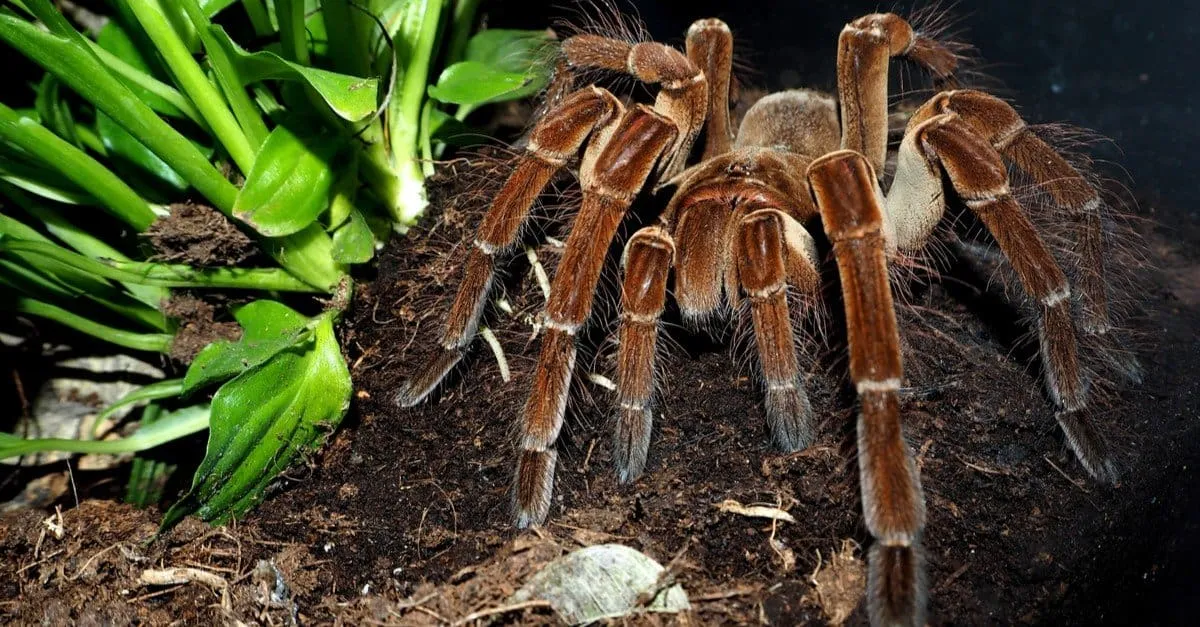
Temperament and Defense Mechanisms How They Behave
The Goliath Birdeater, like most tarantulas, is generally not aggressive but will defend itself if threatened. One of its defense mechanisms includes rubbing its legs against its abdomen to flick urticating hairs towards a perceived threat. These hairs can cause skin irritation and discomfort. They also have large fangs and can bite if provoked. Their defensive behavior is a crucial survival mechanism, and the Goliath Birdeater will often retreat to its burrow if it feels threatened. Their behavior in terms of defence is a key adaptation to their environment, allowing them to survive predators and maintain their safety.
Defensive Displays How They Protect Themselves
When threatened, the Goliath Birdeater may adopt a defensive posture, raising its front legs and fangs to appear larger and more intimidating. They may also hiss, which is a sound produced by rubbing their legs together. The hiss and the display of their fangs are clear warnings. These defensive displays are designed to deter potential predators. The Goliath Birdeater relies on its size, strength, and defensive behaviors to protect itself from threats in its natural habitat. Understanding their behaviors helps to understand their ecological role and how they survive in the wild.
What is the Biggest Tarantula Fact 4 Lifespan
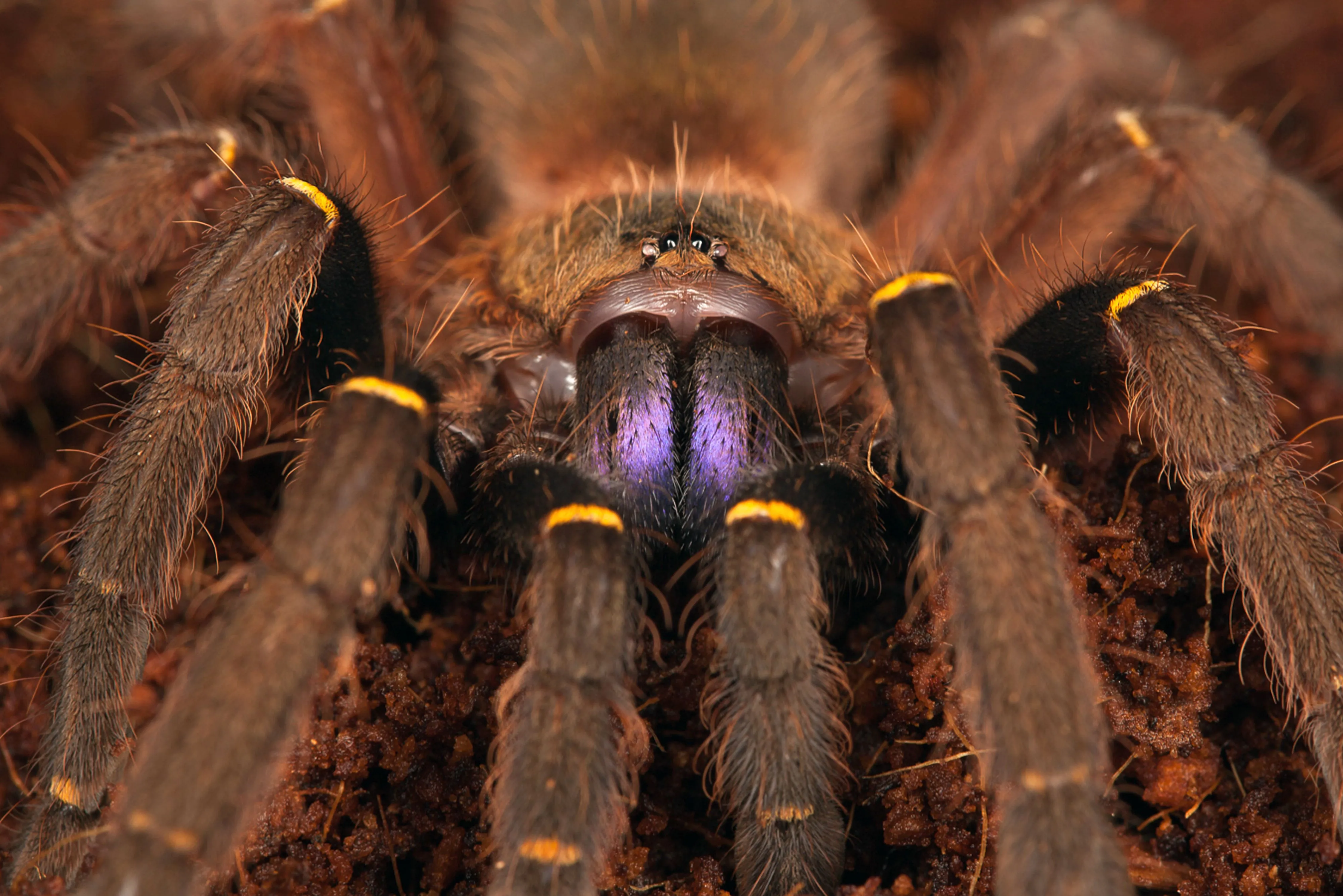
Average Lifespan How Long They Live
The Goliath Birdeater has a relatively long lifespan compared to other tarantulas. Females can live for up to 25 years or longer in captivity, while males typically have a shorter lifespan, often living only a few years after reaching maturity. The female’s longevity contributes to the species’ survival, as they can reproduce for many years. The lifespan of the Goliath Birdeater is an essential factor that affects its population and the ecological balance of its habitat. The lifespan is also dependent on various factors, including diet, environment, and overall health.
Factors Affecting Lifespan What Affects Their Life
Several factors can affect the Goliath Birdeater’s lifespan. These include their diet, access to clean water, and the absence of diseases. In captivity, proper care and a controlled environment can help extend their lifespan. Environmental conditions, such as humidity and temperature, are also crucial. Ensuring the right environment and providing the right care is paramount to their longevity. The Goliath Birdeater’s lifespan is impacted by a range of environmental and biological factors that influence its ability to thrive.
What is the Biggest Tarantula Fact 5 Keeping Tarantulas
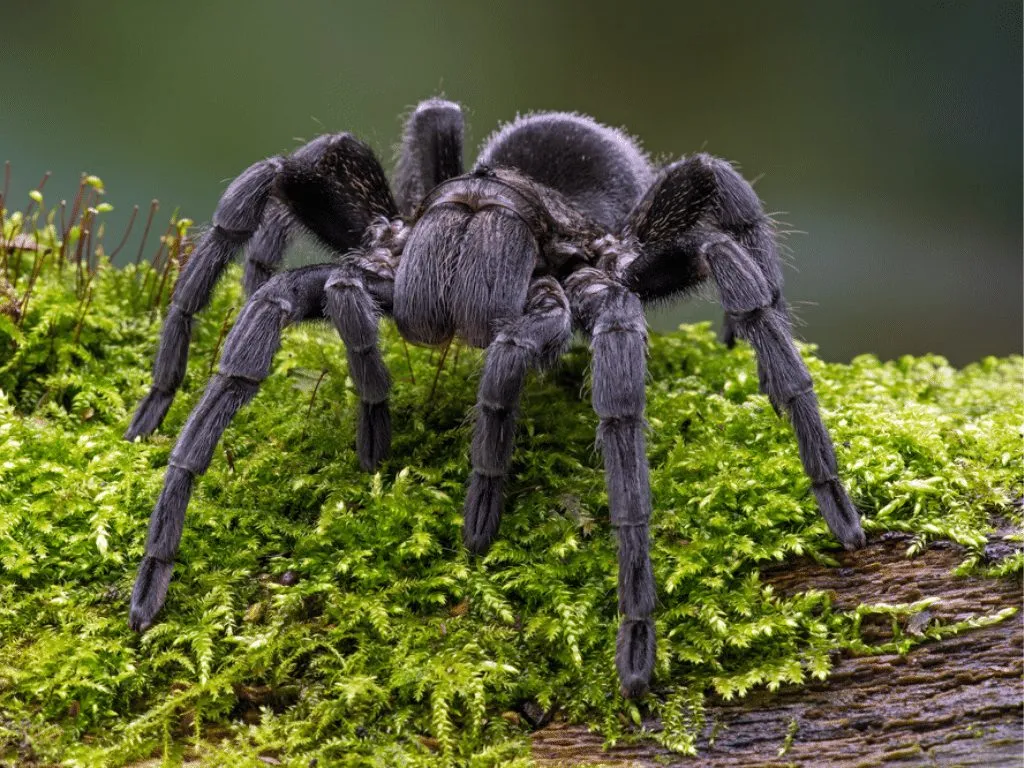
Suitable Enclosures What They Need
If you’re considering keeping a Goliath Birdeater as a pet, it’s essential to provide a suitable enclosure. This should be a large terrarium with plenty of space to move around. The enclosure should include a substrate of coconut fiber or peat moss to help maintain humidity. It’s also important to provide a hide or burrow where the tarantula can retreat. This enclosure should be well-ventilated but escape-proof. This provides the tarantula with the necessary elements for survival. A proper enclosure is essential for the health and wellbeing of these magnificent arachnids.
Diet and Care How to Care for Them
Caring for a Goliath Birdeater involves providing a balanced diet of insects and invertebrates. You should also provide a shallow water dish for hydration. Maintain a consistent temperature and humidity level within the enclosure. Regular monitoring of the tarantula’s health and behavior is also necessary. Handling should be minimized, as they can be skittish. The care and diet of the Goliath Birdeater mirror its natural habitat, where they are the apex predators. Proper care and attention will ensure that they thrive in a captive environment. The Goliath Birdeater needs specific care, just like any other pet, to live a happy and healthy life.
Conclusion The Biggest Tarantulas
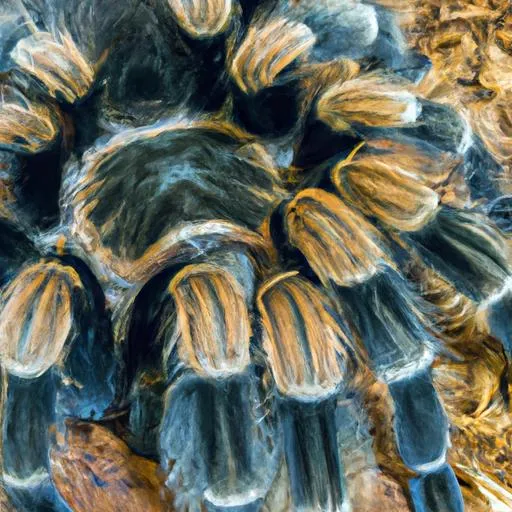
The Goliath Birdeater is a truly remarkable creature, showcasing nature’s incredible diversity. Its impressive size, unique characteristics, and intriguing behaviors make it a fascinating subject of study. Understanding the Goliath Birdeater helps us appreciate the amazing world of arachnids and the importance of conservation. These giants highlight the wonders of the natural world. From its habitat in the rainforests to its unique adaptations, the Goliath Birdeater is a testament to the power and complexity of nature. This magnificent tarantula continues to captivate the hearts and minds of those who encounter its extraordinary features.
